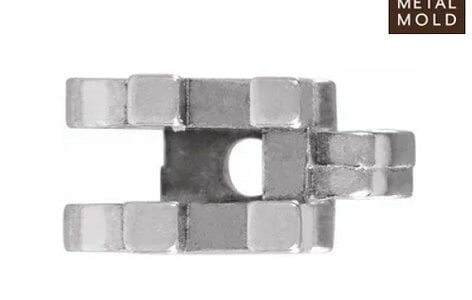Scooba116
Shiny_Rock
- Joined
- Apr 10, 2006
- Messages
- 199
I was told by a jeweler that platinum stretches and is not ideal for bracelets. Not sure if that is totally correct or why others say no but that could at least be part of the reason.
I agree with Mark.
You would have to ask them why they use it.Do you have any idea why a very reputable vendor would use it? is there a better alloy for a bracelet?

I have been told that too by one vendor, but I couldn’t find much info about that on here or elsewhere on the internet. I’m not even such what it means. Does the bracelet get bigger? Does one alloy stretch less than the others?